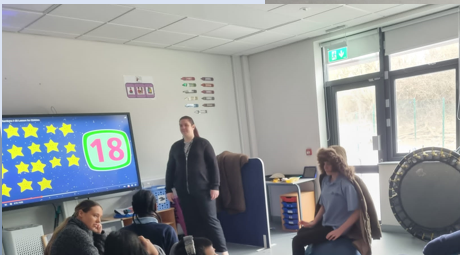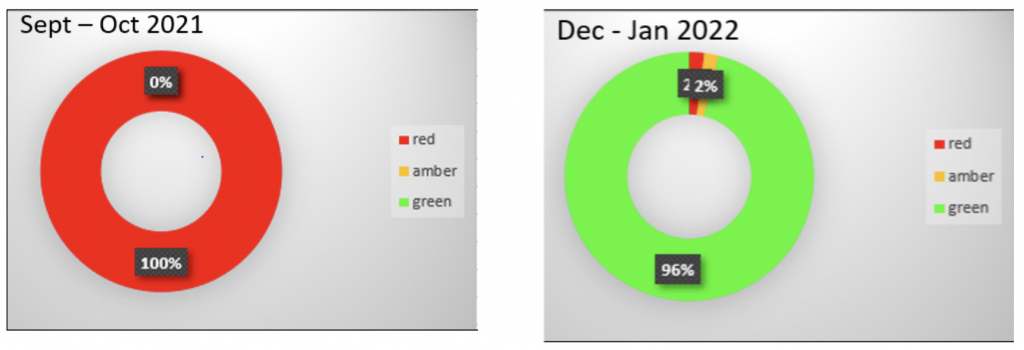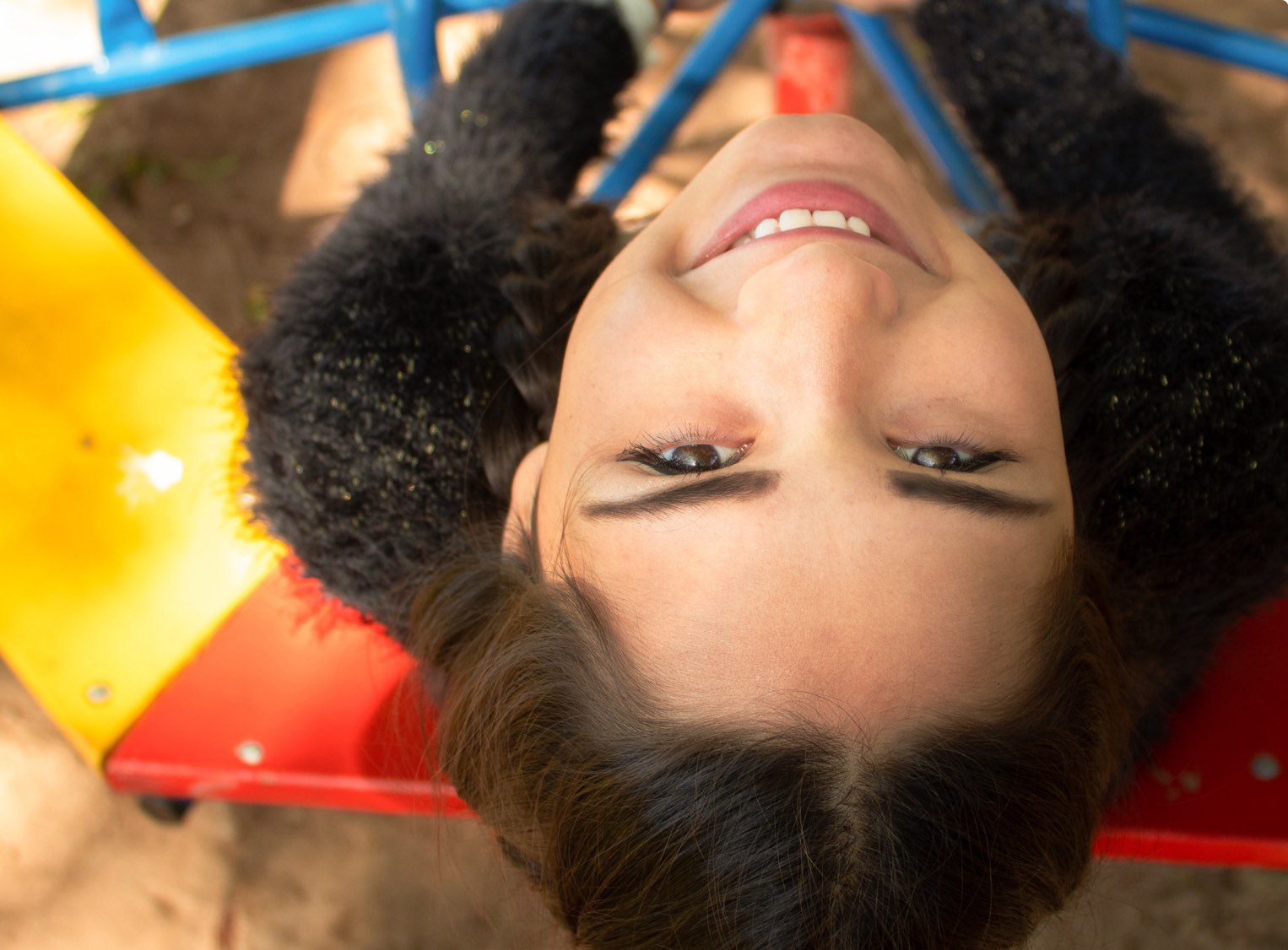For the last two newsletters I have looked at the topic of regulation, and so to end this mini-series I thought it would be great to have a case study to see how the theory works in practice within a school setting. This case study has been provided by Chloe Bingley from New Bridge School, Oldham. A huge thanks to her for taking the time to present this case study for us, and to Anitka’s mother for giving permission for this information and videos to be shared.
Anitka has autism and complex learning difficulties, when we first met her she needed lots of support and she presented with multiple non-preferred behaviours. She needed a high ratio of staffing at all times due to her being in crisis for most of the school day and she could not be in the same space as staff or students, needing to be two metres away from others at all times. Anitka would present with behaviour which challenges such as hitting, biting, pinching, banging her body against gates and walls, bang her feet and hands together and she would also run at staff to release her anger as well as banging her body off the floor.
Accessing the classroom was a huge challenge and she would spend all her time outside. She would find it difficult to communicate with staff as English is her second language, this presented an additional challenge as she struggled to understand our verbal instructions. Anitka would never sit on a chair or work at a desk, she would struggle when unfamiliar staff were present and she would not be able to access any group work.
With this said, Anitka only had one very regulating strategy that she would use which was the scooter. We felt that we needed to give her a whole selection of regulating strategies which she could pull from when she needed them. We began by doing lots of data collection and analysis which allowed us to unpick what was causing her so much distress, once we had done this piece of work we were able to unpick with Julia’s support and guidance that she was heavily seeking proprioception and vestibular sensory input.
After we unpicked the why we then looked at the how, how can we support her to regulate independently and give her the ability to self-regulate, with the long-term goal of her accessing learning.
We worked hard on slowly over time introducing different pieces of equipment which she could use, we used therapy balls, peanut balls, trampette, scooter boards and the hammock.

After two weeks, we had introduced Anitka to all the pieces of equipment and showed her the appropriate times to use them when she presented with a non-preferred behaviour. She is now accessing these strategies independently.

She is now accessing the classroom 90% of the time, she will sit and engage with her own individual TEACCH station for 30 minutes at a time, she will communicate effectively, self-regulate, sit on a chair at work times and unstructured times, work within a group with up to seven students and four staff.

To summarise this whole journey, we created some data to show the amazing progress she made from September until January onwards. It took only five months to get Anitka to a place where she can access her learning and as you can see in the first chart, she was presenting with 100% non-preferred behaviours (red) in September and in the next chart you can see she is now showing 96% preferred behaviours (green) and 2% non-preferred (red).

Through the use of sensory strategies, consultation with Julia and in depth recording and tracking data we have been able to support this young girl, who no other school would accept, to begin to participate in school life. This has allowed her to access her community with her parents when shopping and given her life changing skills when looking at her next destination ‘taking part and being involved’. Chloe Bingley, New Bridge School


